Building An All-Native Wildflower Habitat
Funding From the NRCS Conservation Stewardship Program
In 2021 we applied for a spot in the Conservation Stewardship Program of the Natural Resources Conservation Service (U.S. Department of Agriculture). This very valuable program is aimed at landowners who already demonstrate good conservation practices and want to improve or reestablish existing habitats on their property. NRCS staff will assess the property to identify natural resource problems and, if an property qualifies, will provide technical and financial assistance to solve those problems in an environmentally beneficial and cost-effective manner. We were still in the planning stage with the Franklinton, Louisiana, NRCS office when Hurricane Ida hit in August of that year. Our home flooded for the third time, so for the next year we were lost in raising our home and completing another major remodel.
In early 2023 we were contacted to see if we were still interested in the program. Of course the answer was yes and with NRCS staff we got down to the business of planning four projects of particular interest to me.
Our program contract commitment is for carrying out four conservation projects over the span of five years: a new pollinator meadow, brush and invasive species removal, establishing an area for nut and fruit trees, and some improvements to the pond. Financial assistance is paid in installments over the life of the contract and can be reapplied for once after successful conclusion of the first five-year contract.
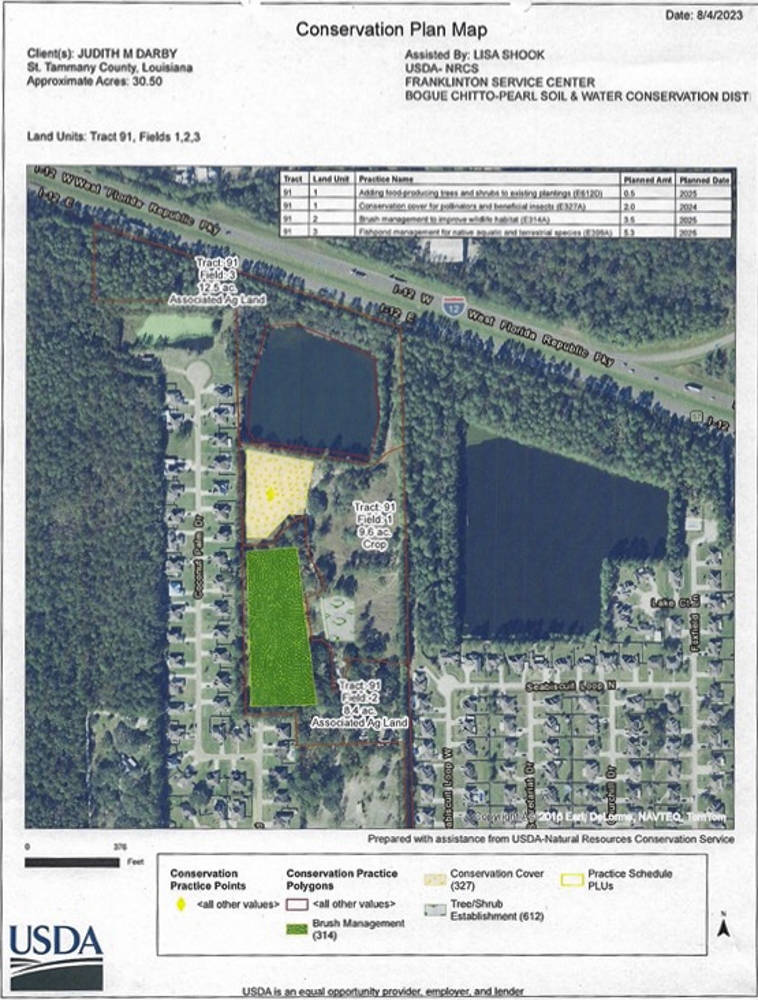
Project 1 – The New All-Native Wildflower Habitat
Primary Goal: Building the Meadow
Vista Farm is located in St. Tammany parish Louisiana in the coastal flatwood ecological region just north of the vast marshes surrounding Lake Pontchartrain. This 30-acre site includes a pine/oak forest, a six-acre pond, a small wetland and three large meadows surrounded by dense bramble thickets that separate the farm from three neighboring residential subdivisions and Interstate 12. Our goal is to improve for pollinators and other beneficial insects west meadow of approximately two acres which has been thick with deep-rooted, native grasses and a few forbs since the farm was acquired in 2005. When completed, all-native perennial wildflowers will dominate with an emphasis on butterfly hosts and nectar-producing plants for bees, wasps and other pollinators. They will, in turn, draw large numbers of dragonflies, song birds, predator birds, as well as small wildlife that will shelter in the tall grasses and flowers. Plants should become established after three years with proper maintenance which will include over-cutting in the first two years to allow the plants to put their energy into building a deep root system rather than blooming.
Secondary Goal: Building the Habitat
Our wildflower meadow must be more than just another field of beautiful flowers. It must become a habitat, an ecological place where everything a community of organisms needs to thrive are present. It is the soil, light, humidity, climate, etc. that allows all the plants and animals in it to live in balance with one other. Approximately 101 pollinators and 75 species of wild birds have been identified on the 30-acre Vista Farm since 2005, including some on the endangered species list and others that have been rarely identified on the Gulf Coast. The farm is also home for untold numbers of reptiles, arachnids, amphibians, and mammals who hunt, shelter and raise families in the tall grasses and nearby thickets. In spring turtles from the pond lay their eggs in the soft mud and in fall flocks of migratory birds dine on seeds and insects that proliferate during the summer.
The Location
A coastal pine/oak flatwood with an open meadow of two acres meeting the NRCS program criteria. “The Gulf Coast Flatwoods is a narrow region of nearly level terraces and alluvial and deltaic deposits composed of Quaternary-age sands and clays. Soils are a mix of poorly to moderately well drained Entisols, Alfisols, and Ultisols with silty and fine sandy loam surfaces. Historically, longleaf pine dominated the broad flats and low ridges, forming more densely-stocked flatwoods and open savannas. A high natural fire frequency was typical, often sparked by lightning and fueled by grasses, and maintained the open pine flatwoods and savannas. While most of the longleaf pine savannas have been lost, remnant savannas are centers of biodiversity supporting a variety of grasses, sedges, rushes, and an array of wildflowers: red lilies, orange milkweeds, yellow pitcher plants, white, orange, and pink orchids, lavender butterworts, and purple sundews. Much of the landscape is now in mixed forest or pine plantations, while some better-drained land has been cleared for pasture or crops. Dominant land uses include woodland, wildlife habitat, and urban.” Source: Ecoregions of Louisiana
Seed Mix
Fifteen pounds of the “Bee Happy” mix containing 39 native seed varieties grown, harvested, cleaned and shipped by Native American Seed Company, U.S. Hwy. 377, Junction, Texas, was approved by the NRCS field office. The mix was chosen for the varieties’ ability to thrive in loamy, clay (Bg2) soil that might stay wet/moist for most of the winter, then endure high heat, humidity and drought conditions in the summer. Pollinators need nectar for most of the year, not just in summer and our coastal environment allows for a long season. A breakdown of the “Bee Happy” mix follows showing a full three seasons of bloom. Milkweeds (genus Aesclepias) are hosts to Monarchs while Partridge Pea is host to many butterflies, moths and skippers. A pound of Rattlesnake Master (Eryngium yuccifolium) and a small package of Prairie Parsley (Polytaenia texana) were added to the order to enhance the mix specifically for Swallowtail butterflies. Adding host plants for butterflies is important in that a field of nectar-producing plants is fine, but there must also be a plant on which the butterfly will lay its eggs. Some varieties in this mix will be experimental for our area, such as Texas Bluebonnet which is not native to Louisiana, but is a valuable, early bloomer. There are no grasses in the mix and all seeds were harvested from locally-grown plants acclimated to sometimes harsh southern conditions.
“Bee Happy” Seed Mix and Seed Bloom Time

Site Preparation
No herbicides or insecticides have been applied to this site since it was acquired by the owner in 2005. Vista Farm’s 30 acres was previously part of a very large sod farm until the 1970s when I-12 was built through it and it was sold, then allowed to grow naturally with occasional bush hogging by a neighbor.
Our preparation of the site began after a review of guidance provided by NRCS Conservation Stewardship Program in the state specifications and advice from Native American Seed Company as to depth and distribution methods. It included a Mahindra tractor with a variety of attachments for bush hogging, low tilling, then raking with a ratchet rake and a hay rake to remove as much of the debris and grass as possible. A final pass with a blade smoothed over the larger clumps.
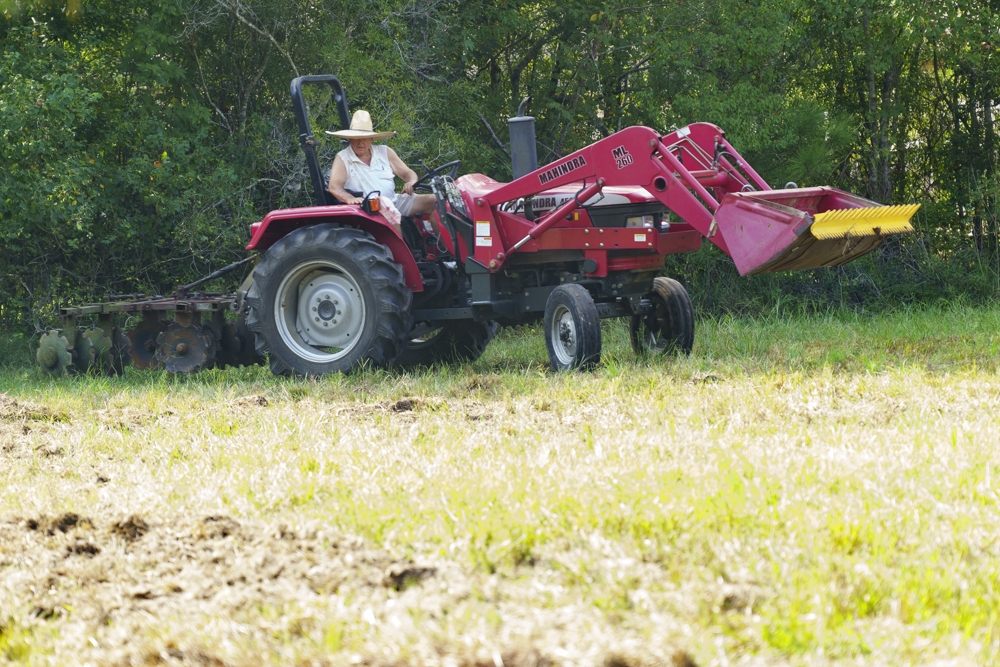
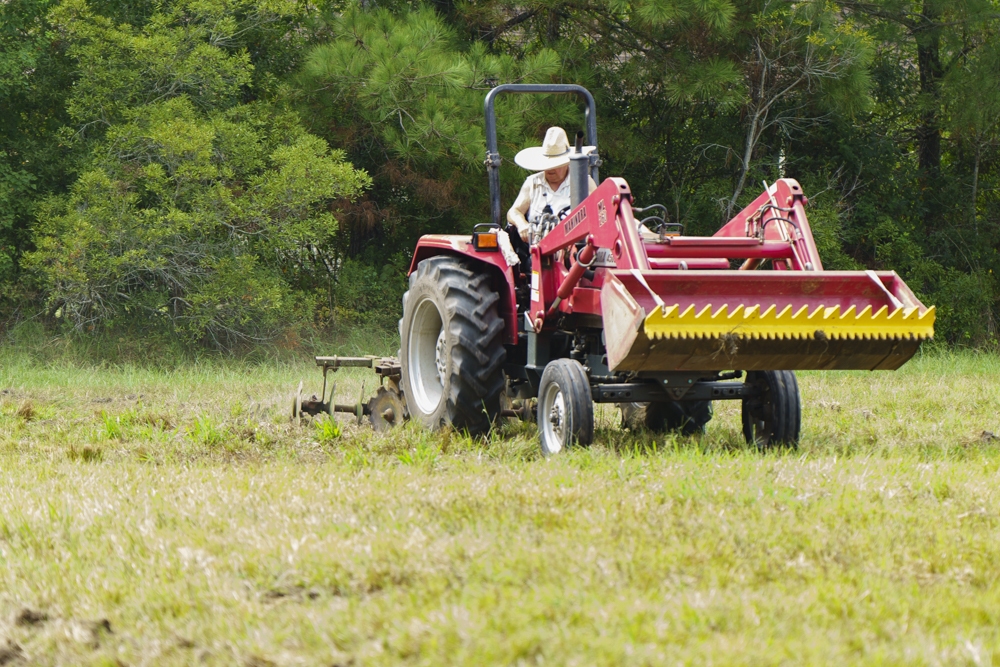
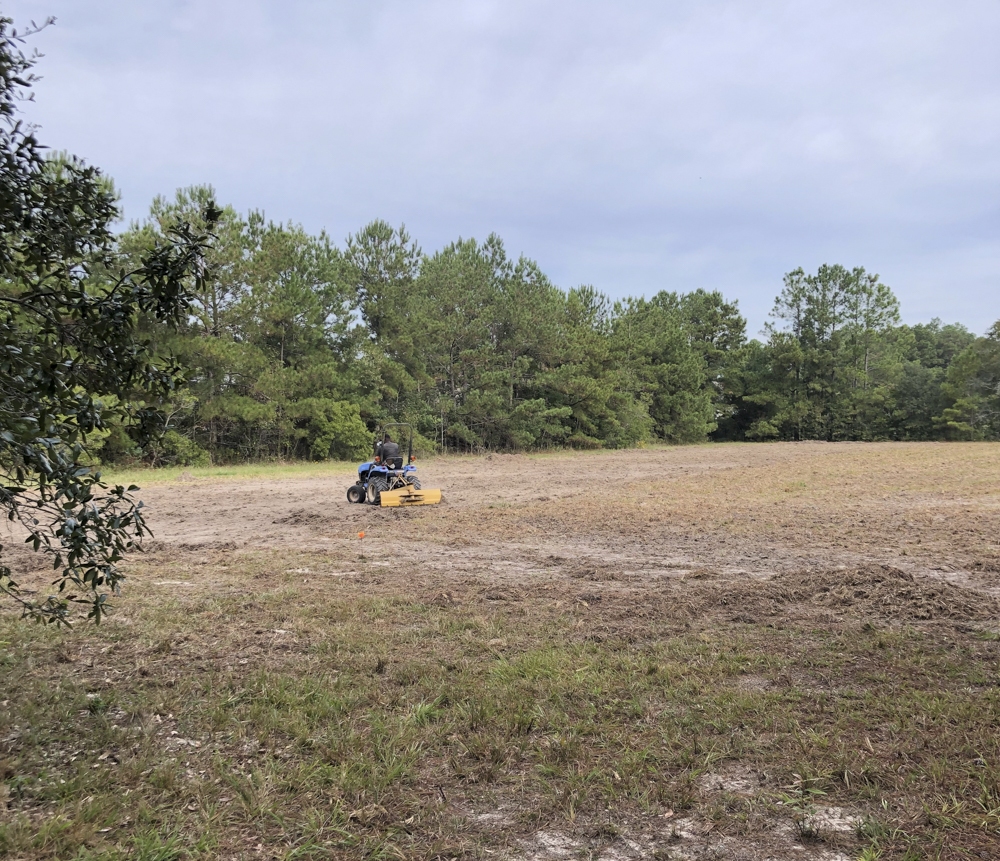
Seed Distribution
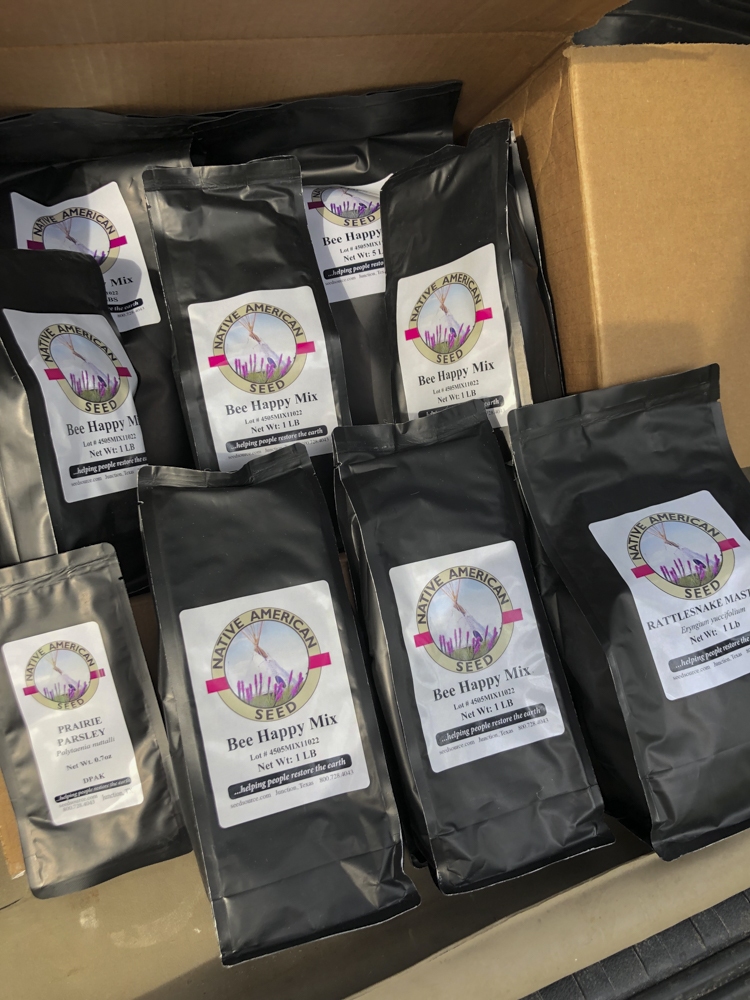
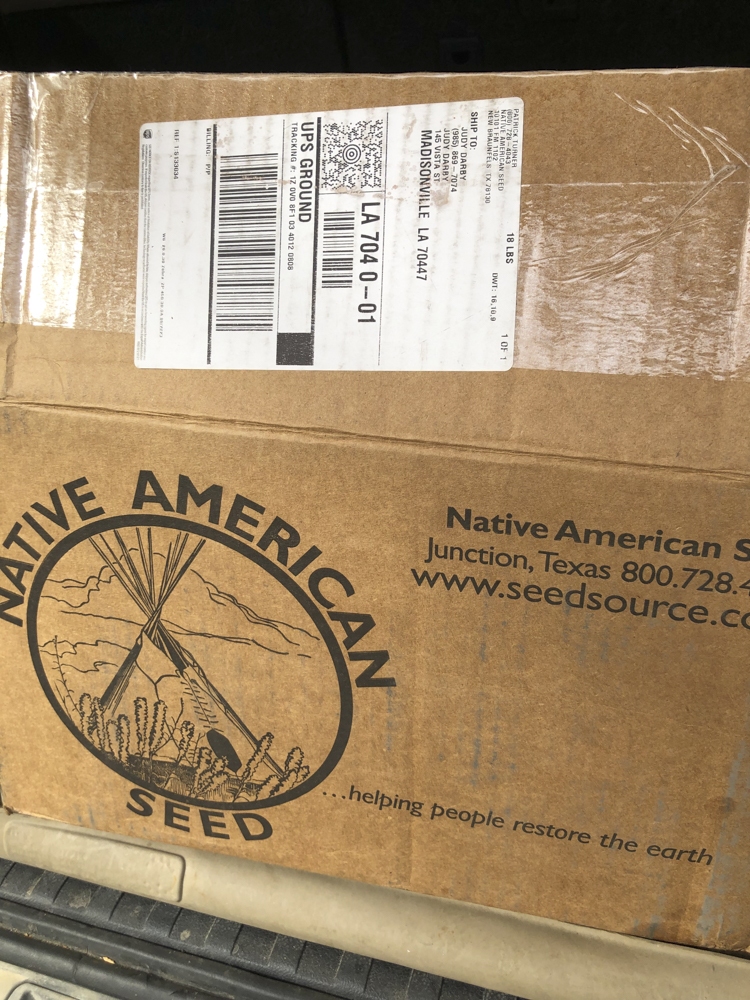
Extremely small seeds were distributed on dry ground on October 10, 2023, with a hand spreader in small batches using a grid method to maximize even distribution over the two acres. Twenty-four hours after distribution a day-long drizzle of rain covered the field. At the time of this report on October 12, the site is still very wet, but as soon as it is firm enough, we have scheduled the site to be rolled so as to press the seeds into the soil. Then it will all be in the hands of Mother Nature.



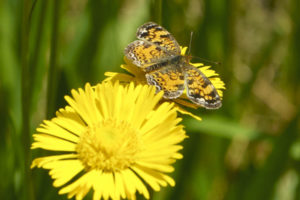
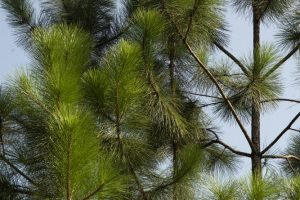
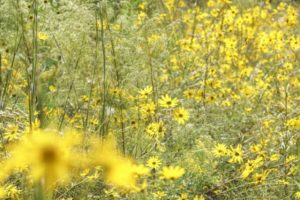
Recent Comments